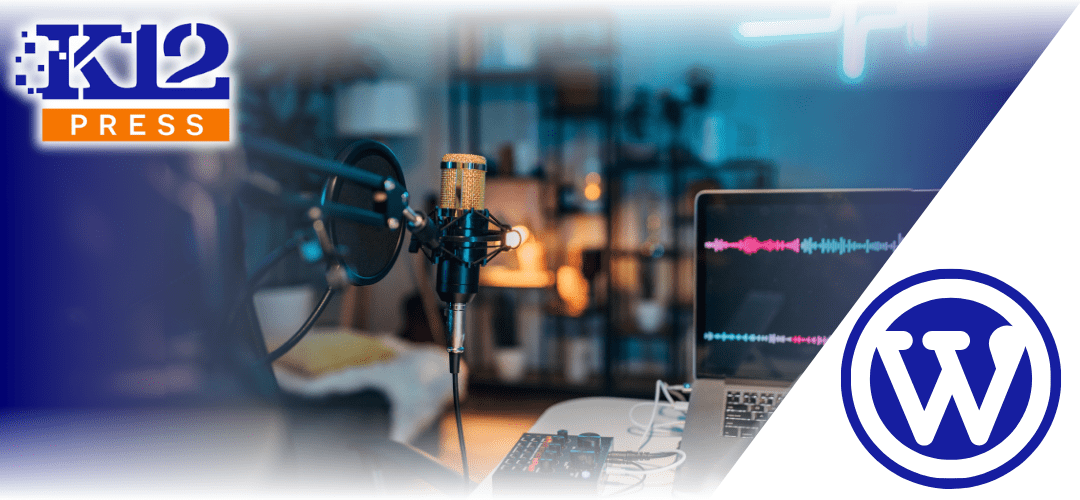Podcasts have surged in popularity as a medium for storytelling, education, and community engagement. For schools, creating school podcast hubs on the school website not only offers a platform for students to express their thoughts and learn new skills but also engages parents and the broader community in school activities. This guide will walk you through the steps to set up a podcast section on your school website, covering everything from content ideas to the technical setup.
Benefits of School Podcast Hubs
Educational Opportunities: Podcasts can be a fantastic educational tool, allowing students to explore subjects ranging from literature to science in a more relaxed format. They also provide opportunities for students to develop skills in research, digital literacy, and public speaking.
Community Engagement: A school podcast can bring the school community closer, providing a voice for students, teachers, and even parents. Regular episodes can keep the community informed about school events, showcase student achievements, and discuss educational trends.
Step 1: Planning Your Podcast Content
Identify Themes and Topics: Start by determining the themes or topics that reflect your school’s values and curriculum. Some ideas include:
- Interviews with teachers and students about their experiences and projects.
- Discussions on educational trends and how they impact students.
- Audio tours of school events or history.
Develop a Content Calendar: Plan your episodes in advance with a content calendar. Decide on the frequency of episodes—weekly, biweekly, or monthly—and plan topics and recording schedules accordingly.
Step 2: Technical Setup
Choosing the Right Equipment: At a minimum, you will need a good quality microphone, headphones, and recording software. There are many affordable options available that are sufficient for starting a podcast.
Recording and Editing Software: Software like Audacity (free) or Adobe Audition (paid) can be used for recording and editing your podcast episodes. These programs offer tools to cut, splice, and clean up audio recordings.
Hosting the Podcast: To make your podcast accessible, you will need a podcast host. Platforms like Podbean, Buzzsprout, or Anchor can host your audio files and allow you to distribute your podcast to popular platforms like iTunes, Spotify, and Google Podcasts.
Step 3: Integrating the Podcast Into Your School Website
Creating a Dedicated Podcast Page: Design a page on your school website specifically for the podcast. This page should include:
- An embedded audio player for each episode.
- Transcripts or summaries of the episodes.
- Downloadable resources or reading materials mentioned in the episodes.
Promoting Your Podcast: Promote your podcast through the school’s social media channels, newsletters, and parent emails. Encourage students and staff to share the podcast to broaden your audience.
Setting up school podcast hubs on your school website is not just about adding content; it’s about creating a dynamic educational platform that benefits students, educators, and the entire school community. With careful planning and execution, your school podcast could become a cornerstone of your school’s digital media offerings.
Ready to start your own school podcast? Visit K12Press for tools, tips, and ongoing support: Visit K12Press.














